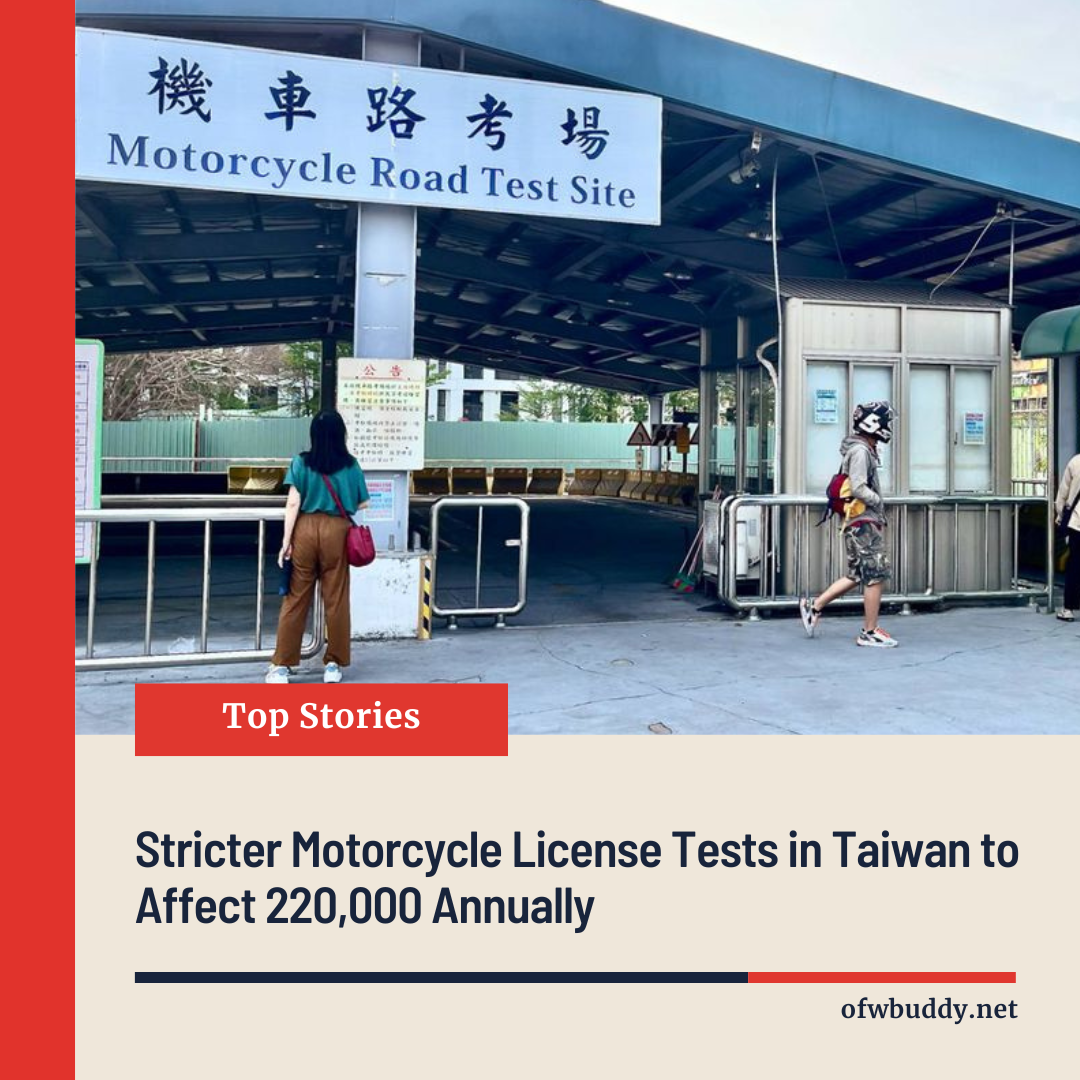Taipei — The Ministry of Transportation and Communications (MOTC) has unveiled sweeping reforms to the driver’s license testing system, introducing stricter requirements for motorcyclists and car drivers in an effort to improve road safety.
According to the Highway Bureau, starting October 2017, a trial road test for motorcycle licenses will be launched in select regions. Applicants aged 18 and above will be required to pass four stages before obtaining a license: a written test, a closed-course field test, mandatory road training after receiving a learner’s permit, and an actual road test. Authorities estimate the new process will affect about 220,000 applicants annually.
Beginning January next year, the motorcycle written exam will also shift entirely to multiple-choice questions, removing true-or-false items. The new format will emphasize practical knowledge, such as yielding to pedestrians, checking blind spots, and safely crossing lanes.
Wu Jijuan, supervisory team leader of the Highway Bureau, explained that motorcycle road training will be introduced in September next year, with subsidies offered to encourage participation. However, training will not yet be compulsory, and learners who prefer may still study on their own after obtaining a permit.
The reforms extend beyond motorcycles. Starting March next year, driving tests for both small and large vehicles will add stop-and-yield requirements at intersections. In June, all written exams for car drivers will convert to multiple-choice questions. By December, road tests for small cars will include longer routes, additional scenarios such as unsignaled intersections, and more realistic traffic conditions. Driving simulator training for both motorcycles and cars is also set to be introduced in March 2017.
Wu added that the goal is to expand the number of road test routes and simulate more real-world conditions, such as red-light stops and roadside parking, to ensure drivers are better prepared.
The MOTC also announced new corrective measures for violators. Roughly 12,000 drivers each year are expected to undergo “correction and prevention classes,” while repeat offenders whose licenses are revoked three times or more will be required to take formal training before reapplying, affecting an estimated 24,000 people annually. In addition, around 4,200 underage offenders caught driving without a license are expected to attend recidivism courses each year.
Senior drivers will also face tighter rules. Currently, drivers aged 75 and above must renew their licenses within three years of turning 75, but under the new policy the buffer period will be shortened to two years. Those who fail to renew within the deadline will have their licenses revoked. Authorities estimate the change will impact about 1.28 million drivers, including 1.1 million aged 70–74 and 180,000 aged 75 and older.
“These measures aim to strengthen driving awareness, reduce violations, and enhance overall road safety,” Wu said.

